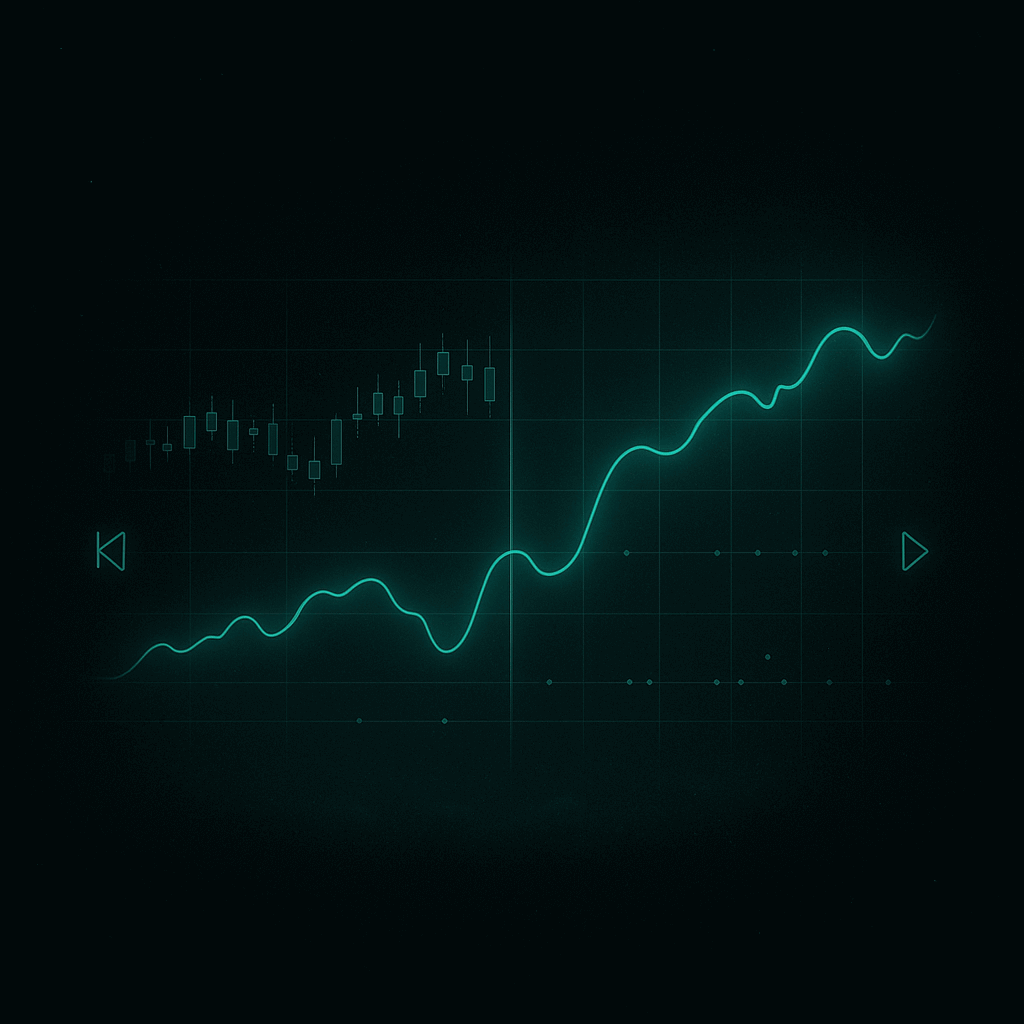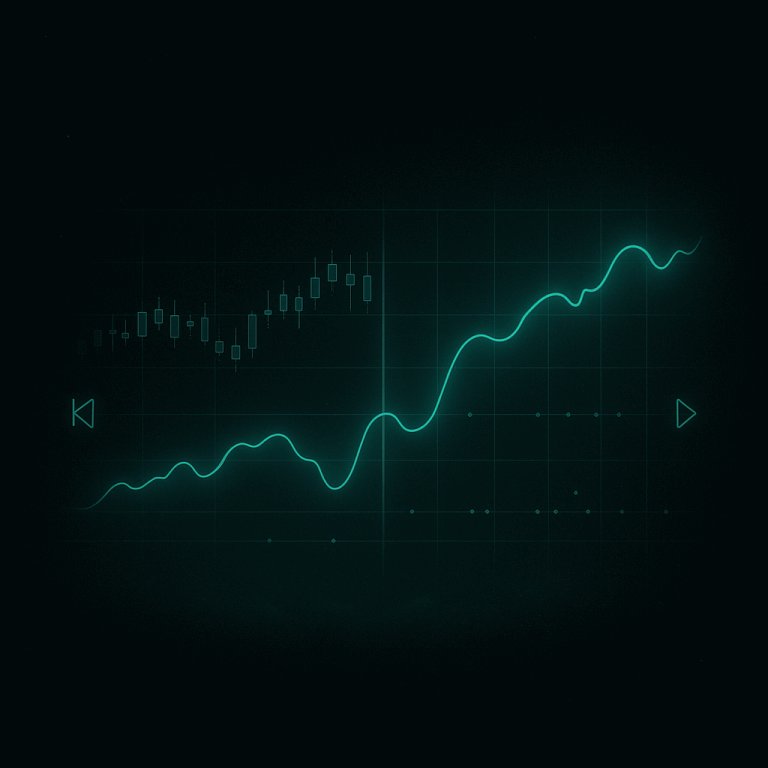Successful traders know: one test is not enough. To validate a trading system, you need both backtesting and forward testing. While they sound similar, these two methods serve different purposes. Understanding their differences is key to building reliable strategies.
What Is Backtesting?
Backtesting is the process of applying a strategy to historical market data. It answers the question: “Would this system have worked in the past?”
Key features:
- Uses past data (years or decades).
- Fast to run, can simulate thousands of trades.
- Helps spot weak ideas early.
- Provides key metrics like profit factor, drawdown, Sharpe ratio.
Limitation: Markets evolve. A profitable past does not guarantee a profitable future.
What Is Forward Testing?
Forward testing applies a strategy in real-time or simulated live markets. It answers the question: “Does this system work right now, under live conditions?”
Key features:
- Uses current data only.
- Runs slower (trade by trade in real time).
- Includes spreads, slippage, commissions, and execution delays.
- Tests trader psychology and discipline.
Limitation: Takes more time to gather meaningful results.
Key Differences Between Backtesting and Forward Testing
| Aspect | Backtesting | Forward Testing |
|---|---|---|
| Data Used | Historical | Real-time / live |
| Speed | Very fast | Slow (depends on market flow) |
| Costs Included | Optional (can be simulated) | Always included (spreads, slippage) |
| Purpose | Validate concept & profitability | Confirm real-world robustness |
| Psychology | Not tested | Fully tested |
Why You Need Both
- Backtesting alone risks curve-fitting.
- Forward testing alone wastes time if the system is weak.
- Combination of both ensures a system is profitable, realistic, and executable.
Think of backtesting as the theory exam and forward testing as the driving test. One without the other is incomplete.
Example:
A grid bot shows great results in backtesting on EURUSD (profit factor 1.9). But in forward testing, execution delays and spread widening reduce profit factor to 1.3. This signals the system needs optimization before live trading.
Conclusion
Backtesting tells you if a strategy could work. Forward testing tells you if it does work. Together, they form a complete validation process for algorithmic trading. Skipping either step leaves gaps that can lead to failure.




